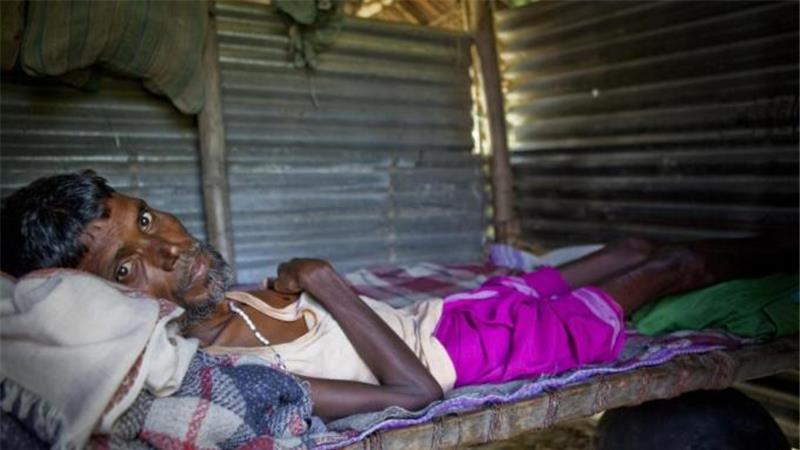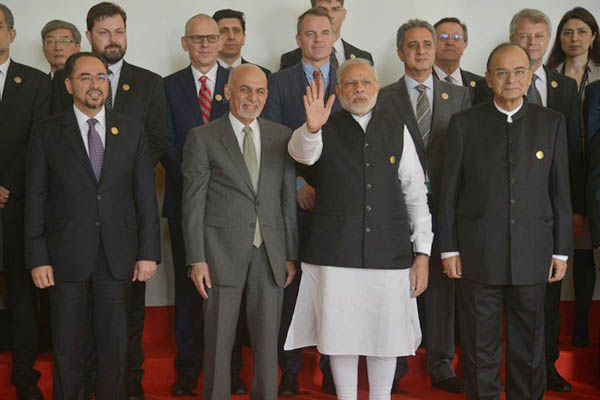New York Times
Aatish Taseer

The three places to which I am connected by birth, origin and marriage – Britain, India and the United States – have now experienced revolutions at the ballot box. In each, an election has revealed that liberal, globalised coastal elites stand at a tremendous remove from heartlands in open revolt. The revolt does not look to the left for inspiration but to the right. Make no mistake: “Liberal” and “left” are now said in the same breath as “corrupt establishment,” and those with torches and pitchforks are nativists, populists and nationalists of every stripe.
In India, the left lost the battle. But this month, at what was described as “a conclave of ideas” organised by the Hindu right, I was reminded of a simple truth: Winning is not everything.
The right wing won an electoral mandate in 2014, but it still has a tremendous sense of intellectual inadequacy. The conclave here in Goa was about building what is regularly described on Indian social media as a “right-wing ecosystem” to counter the left’s alleged control of the news media and academia.
We came to this sleepy seaside state – more familiar to me, a louche liberal, as a backdrop for raves than for heated discussion about Hindu civilisation – to address what the historian Ramachandra Guha has described as the “paradox” at the heart of Indian public life: “While the country has a right-wing party in power, right-wing intellectuals run thin on the ground.”
The conclave was organised by the India Foundation, a think tank that “seeks to articulate Indian nationalistic perspective on issues.” It is openly supported by Prime Minister Narendra Modi’s Bharatiya Janata Party, and I was invited to the conclave by the party’s general secretary.
It was a ragtag coalition that collected at a sprawling resort, with a golf course and a swimming pool overlooking the Arabian Sea. In addition to the senior leaders of the BJP, there were right-wing Twitter personalities who had taken to social media because of what they described as the “inherent bias” of the traditional news media; there were American Vedic experts who railed against a secular state that rejected its Hindu past; there were Muslim baiters; there were pseudo-historians who have rewritten Indian history to fit the political needs of the present.
What all these people had in common was an immense sense of grievance against an establishment they had vanquished electorally, but whose ideas still defined them. As the journalist Ashok Malik said while pointing out the right’s many victories, “Rather than confidently advance tomorrow’s agenda, the intellectual warriors of the right are still comfortable fighting the battles of yesterday.”
The targets of their rage are internationally familiar: the liberal elite, the news media, academia. But in India there is an added twist, a double sense of affront. It was not merely elitism that the New Right is reacting against, but an elitism that had the secret backing of the West, through its various newspapers, non-governmental organisations and think tanks.
“So if you are an embattled Hindu, or even an atheist Indian,” Rajeev Srinivasan wrote in the right-wing magazine Swarajya, “you feel there is an entire constellation of powers with a negative intent arrayed against you, and that they have created a galaxy of sepoys, especially in media and academia.”
Historically, a “sepoy” was an Indian soldier serving in the British Army. It has become a favourite jibe on the right for an Anglicised liberal elite that was seen to be working against its own country.
At first glance it would seem that Shaurya Doval, who had organised the conclave, is part of such an elite. His father had been the director of India’s internal intelligence agency. He grew up in privilege, traveling the world. He has a business degree from the University of Chicago, and spent 10 years as a Wall Street banker.
But Mr Doval, in fact, represents a new pain that globalisation has wrought: the pain of cultural loss. In America, he had a revelation. “The eureka moment,” he told me, “came when I discovered the disconnect between what India really is, and who I am.”
It was true. The Indian elite had gloried in this disconnect; “foreigners in their own land,” Gandhi had called them in 1916. Even the modern state had in many ways been an extension of colonial power. Here, in Goa, it was as if the entire intellectual enterprise was suspect. Many felt that Western ideas like liberalism, secularism and freedom of speech had been used cynically against them to maintain the power of a cultural oligarchy. These exalted words were now terms of abuse.
But that did not mean the right wing had ideas of its own. Mr Doval spoke of the need for “modern Indian state players” to make “a connect” with “India’s civilisational ethos.” He felt India had not been able to unlock the potential of its young, energetic population because the modern state represented too abrupt a break with the continuity of old India.
But was it really possible to reverse this process? Could modern India be remade to fit these sentimental longings? And didn’t all modernity represent a rupture with tradition?
After the conclave, I drove to the airport with a small-time B.J.P. politician from Delhi. When he heard I had been to college in America, he said with pride that his daughter had just started her first semester at New York University. It made me smile: The Indian revolution was following a familiar pattern. Its children wanted what those before them had had. One elite had been supplanted, but the marks of prestige were the same – it would not be long before a new generation of sepoys was born.




